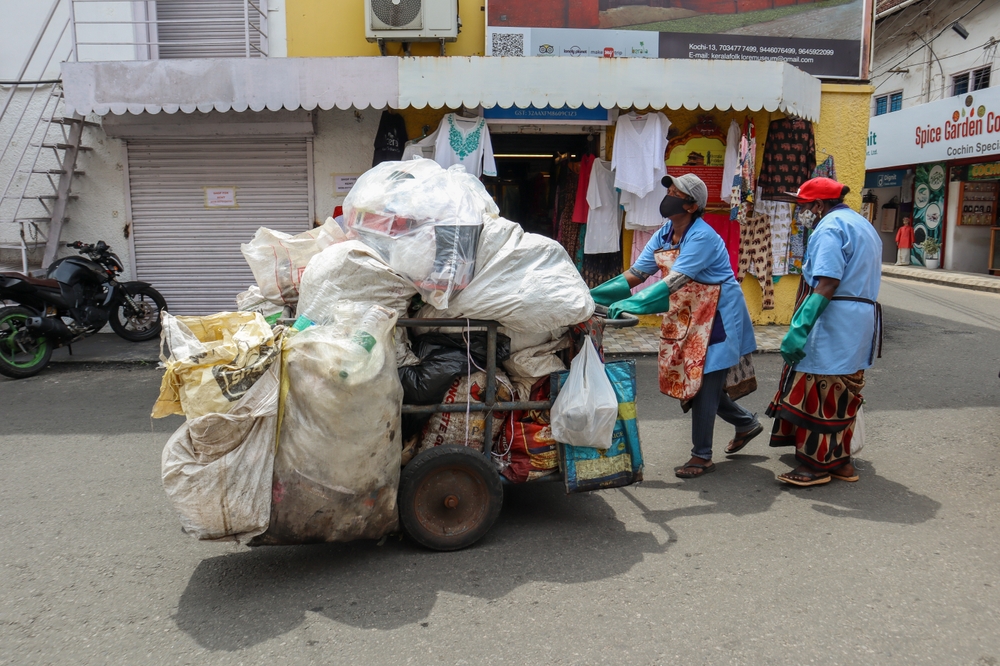India’s Kerala state sees a sigh of relief as no new cases of the perilous Nipah virus have been reported since September 15, according to the World Health Organisation (WHO).
However, the medical community remains vigilant due to the high mortality rate of the virus.
History of Outbreaks
This marks the sixth outbreak in India since 2001. The Nipah virus, infamous for its high mortality rate of about 70%, claimed two lives out of the six infected individuals in September, causing swift government action to prevent further transmission. All confirmed cases, hailing from the Kozhikode district of Kerala, were males aged between nine and 45.
What is the Nipah Virus?
Nipah is a zoonotic disease primarily found in animals, notably bats and pigs. It has the potential to spread between animals and humans. It first came to global attention in 1999 when pigs and people in Malaysia and Singapore were affected.
In March 1999, an abattoir worker in Singapore contracted a virus initially mistaken for Japanese encephalitis (JE) but was later identified as the Nipah virus, originating from an outbreak in Malaysia in September 1998. Despite initial concerns about JE, a widespread mosquito-borne disease in Asia, the Malaysian outbreak was linked to close contact with swine. Singapore swiftly responded by suspending pig imports from affected Malaysian farms, intensifying mosquito control measures, and mandating health check-ups for those involved in the pig trade. Tests conducted by the Centres for Disease Control and Prevention (CDC) confirmed the virus resembled the Hendra virus from a 1994 Australian outbreak. Named after its first detection site, Kampung Sungai Nipah in Malaysia, the Nipah virus affected eleven people in Singapore, causing one death. This prompted Singapore to implement stricter measures, including closing abattoirs for disinfection, banning imports from specific Malaysian regions, and enhancing meat storage protocols.
The recent primary culprits behind its transmission are fruit bats, or “flying foxes”. Infection can occur through direct or indirect contact. Instances include consuming fruit contaminated by bat saliva or close contact with infected individuals.
Symptoms and Diagnosis
The incubation period is between four and 14 days. Initial symptoms often mimic common ailments – fever, headache, cough, and sore throat. As the virus progresses, more severe symptoms can manifest, like seizures or brain inflammation. The severity of the disease can escalate to a coma within two days.
Treatment Options
Unfortunately, there’s no specific treatment for Nipah. Currently, medical professionals limit care to supportive methods such as providing rest and hydration. However, there’s hope on the horizon. Treatments under exploration include a monoclonal antibody and remdesivir, which have shown potential in nonhuman primates infected with the virus.
Chances of Further Spread
While the immediate threat is under control in Kerala, the risk of global transmission remains relatively low. Past instances have shown limited person-to-person transmission in the region.
However, there’s a more significant concern: habitat destruction. The consistent encroachment of human settlements into natural habitats might be a factor behind these outbreaks.
The changing patterns of fruit bat habitats could possibly be due to climate change and habitat destruction. This is causing these creatures to come in closer contact with human settlements. The real question remains – why are fruit bats, carriers of the Nipah virus, now more frequently interacting with humans?
Conclusion
While Kerala might be breathing a bit easier with the halting of the Nipah virus outbreak, the incident is a stark reminder of the intricate balance between humans, animals, and our shared environment. Continued vigilance, research, and respect for nature are paramount in preventing future outbreaks.














